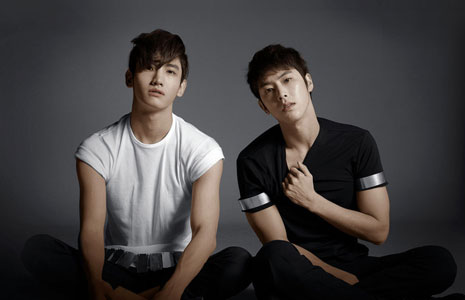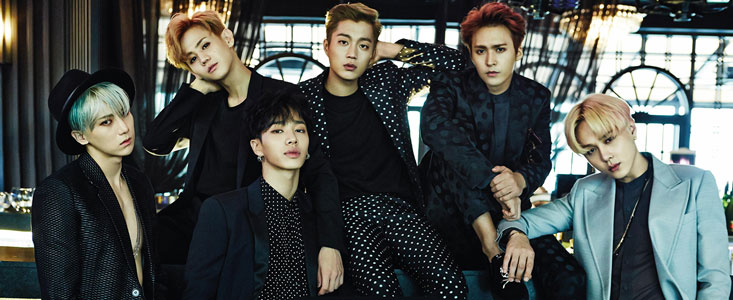

 Idol groups hit the scene in the 1990s. The idol phenomenon came about after the 1992 debut of Seo Taiji and Boys, a trio of hip-hop singer/rappers who fused American pop music with Korean lyrics. Thanks to their ability to meld Eastern and Western styles, Seo Taiji and Boys experienced immense popularity in Korea. Seeing their popularity as an opportunity for profit, entertainment companies jumped on this new style of music, and began creating copy-cat groups.
Idol groups hit the scene in the 1990s. The idol phenomenon came about after the 1992 debut of Seo Taiji and Boys, a trio of hip-hop singer/rappers who fused American pop music with Korean lyrics. Thanks to their ability to meld Eastern and Western styles, Seo Taiji and Boys experienced immense popularity in Korea. Seeing their popularity as an opportunity for profit, entertainment companies jumped on this new style of music, and began creating copy-cat groups.
Seo Taiji and Boys were so influential in changing Korea's modern popular music that most followers mark the date of their debut as the definitive genesis of K-pop. After Seo Taiji and Boys came a renaissance period in which a first generation of idol groups, such as boybands H.O.T. and Sechs Kies, became incredibly popular and amassed large, passionate and extremely competitive fandoms. The '90s-style idol creation formula was so successful, it remains the norm today.
By 1995, Lee Soo Man broke K-pop barriers with the formation of SM Entertainment, South Korea's largest entertainment agency. Soon to follow were DSP Entertainment, JYP Entertainment, and YG Entertainment, all of which began producing highly successful artists. The first K-pop girl groups and boy bands began appearing in the mid to late 1990s. Other groups such as Fin.K.L, g.o.d., and S.E.S. were hugely successful all over Asia. The 1990s also saw a surge in the popularity of hip hop and R&B music in South Korea, with artists such as Epik High, Drunken Tiger, MC Mong, DBSK, and 1TYM launching successful careers.




The idols continue to evolve, but their roots remain the same. Second-generation idol groups TVXQ! and BEAST assumed a charisma reminiscent of H.O.T. and Sechs Kies. Even promotional strategies have been passed down from generation to generation of idol groups. Time and time again, the success formula for promotion has proven to be a hip-hop-based lead single followed up by a fun dance track or a ballad, and idol groups follow this formula almost religiously. Second-generation idols also borrow the over-the-top fashion sense, unique hairstyling and meticulously choreographed dance moves from their predecessors. First-generation idols built the foundation for current idols.
Perhaps what is most astounding is that the formula created twenty years ago by Seo Taiji and Boys and followed by idol groups today has proven effective not only on the Korean peninsula, but worldwide. While the fashion and musical stylings that idols use are constantly evolving to conform to current popular culture, the roots that Seo Taiji planted have not only managed to remain firm, but have allowed newly created branches to grow and reach every corner of the globe.
A major indicator of how the genre has been able to cross into other cultures, ones extremely different from the Korean heritage, comes in the music itself. K-pop is a combination of different genres popular Western music. Everything from electro-pop to R&B to piano ballads to hip-hop to soul music can be heard in K-pop hits. But a major specialty of K-pop is in its ability to blend these into hybrid, pop confections completely in their own league.